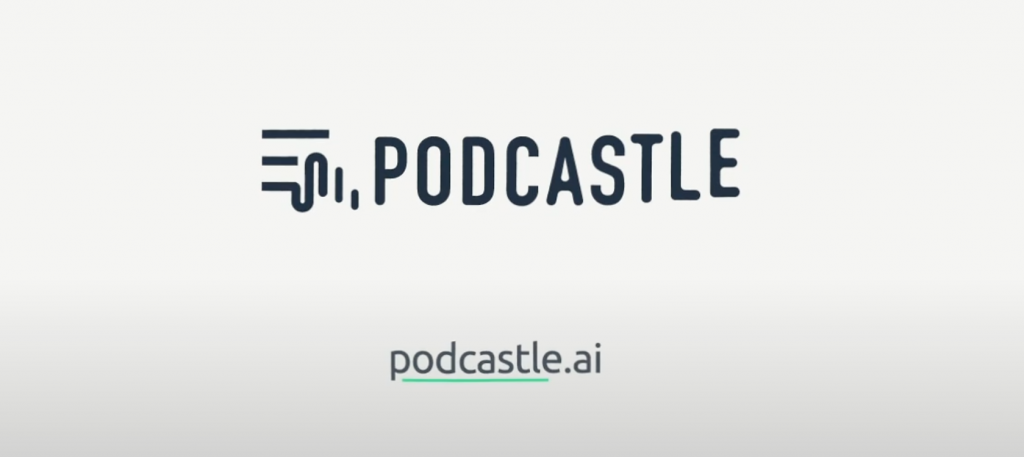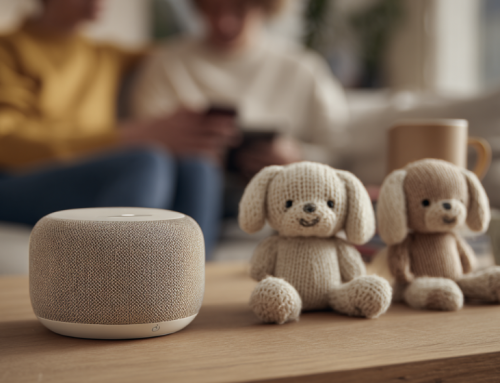
When you don’t have time to read, there’s an app for that. Podcastle turns text into a podcast through machine learning.
Latest AI News: App Reads Text; Lack of Programmers; COVID Air Cleaner
One frequent question involving social media arguments is “Where do you get your news from?” Information comes at the public in such quantities and with such quickness that it’s hard to keep up. However, an app called Podcastle, which reads selected information sources from a feed, may be just what those pressed for time need to absorb specific information.
Developed by ML engineer Artavazd Yeritsyan, Podcastle, is a third-party text-to-speech generator that uses artificial intelligence (AI) to convert news, articles, and blogposts into audio podcasts.
It can be installed as an extension on the Google Chrome browser and instantly clicked to produce and play the audio version of any story, from breaking news to a long feature. According to an article from newsbytesapps.com, you can have anything in text read to you on the fly.
Yeritsyan says Podcastle can be used by anyone but is mainly aimed at helping youngsters between ages 18 and 24 to consume news on-the-go, without letting them feel that a robot is talking to them.
“Our text-to-podcast converter based on machine learning is our unique offering. The podcasts we generate are very human-like and consider all the emotions and writer’s tone of voice,” he added.
AI Talent In Big Demand
The COVID-19 virus has all but wiped out certain business in the last 6 months. The hospitality industry, in particular, has suffered. However, if you have watched the stock market, high tech stocks are still performing well, despite the pandemic. Here is one more reason to include programming in your education as reported on zdnet.com this week.
The Bipartisan Policy Center, a research arm of the U.S. Congress, just issued a report that stresses the need for greater AI education and training so public and private-sector organizations can stay ahead in the global economy. “Closing the AI talent gap requires a targeted approach to training, recruiting, and retaining skilled workers. This AI talent should ideally have a multidisciplinary skill set that includes ethics.” And it’s being done safely online.
Lukas Spranger, a data scientist and software engineer, has been compiling a growing list of online courses over at the KDNuggets site. These include the following:
Machine learning (Stanford University): Introductory course covers classic techniques.
Introduction to Artificial Intelligence (University of California Berkeley): Covers everything pertaining to understanding AI.
Natural Language Processing with Deep Learning (Stanford): Modern NLP techniques.
BrainBox
Another issue that has surfaced with the COVID-19 virus is the concern over the air that’s recirculated in office or warehouse environments. Does the virus remain in the air and is it being given more chances to infect us by being circulated in buildings? A new technology described on automatedbuildings.com is a solution that public spaces can use to ensure safety.
Ken Sinclair and Andy McMahon, Channel Sales Director, at BrainBox AI explained in an interview that the AI offers a unique technology, combining deep learning, cloud-based computing, and autonomous decision-making to support a 24/7 self-operating building HVAC (Heating, Ventilation, and Air Conditioning) cleaning system. The system also generates up to a 25% reduction in total energy costs, a 20-40% reduction in carbon footprint and a 60% increase in occupant comfort.
According to McMahon, the COVID mitigation is a new system:
“BrainBox AI recently transformed its expertise in building automation and autonomous HVAC technologies to create the Airborne Virus Mitigation Program (AVMP), which aims to proactively mitigate the potential spread of pathogens and improve air quality in buildings. As most recent research suggests, airborne viruses, such as COVID-19’s SARS-CoV-2, can be recirculated non-deliberately throughout building HVAC systems. The AVMP follows the control system standards recommended by ASHRAE and the CDC through two specific strategies: dilution ventilation and temperature and humidity regulation.”
read more at newsbytesapp.com







Leave A Comment